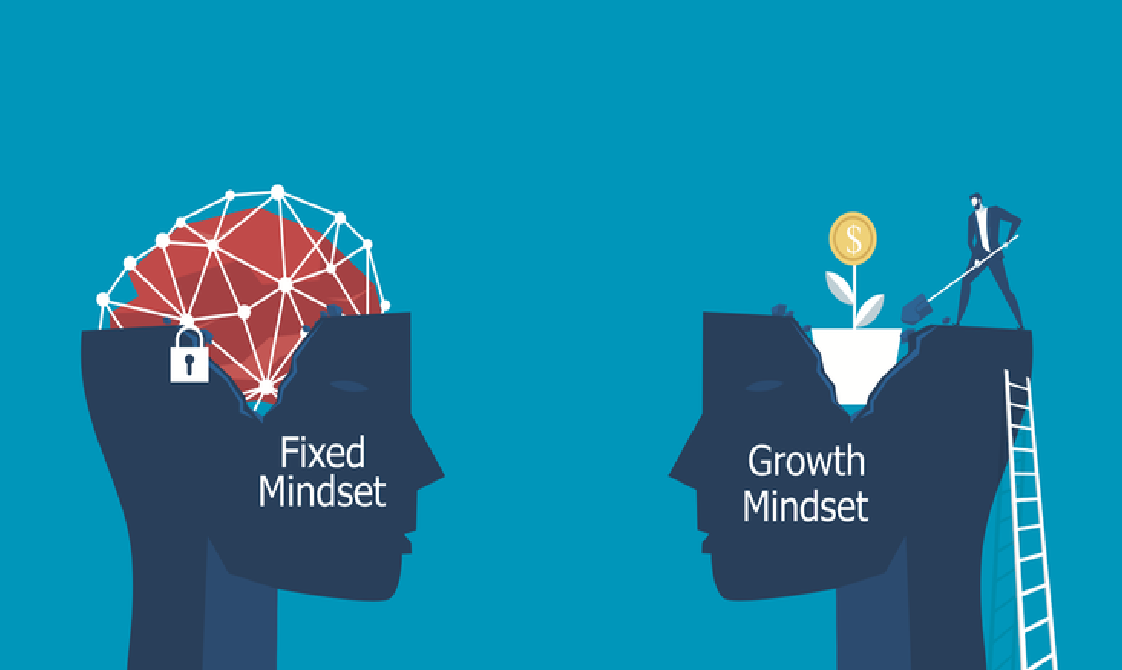
You may have heard of two different kinds of mindsets. Growth and Fixed. Fixed mindsets believe there’s a right way and a wrong way, that you’re a “creative person” or a “math person”, and that all these things are fixed. But growth mindsets are infinitely more flexible and bendy. Think of it like this. Fixed mindsets like to travel on a straight line. Growth mindsets expect there will be roots in the way, blind curves, and lots of ups and downs. There’s a third factor: empathy. And it’s a secret ingredient that makes a growth mindset more powerful.
But of course, applying mindsets to life and work isn’t that simple. Sometimes you really are on a straight path, and it’s fine to have a fixed mindset. It could help you stay focused on your goal. And Carol Dweck herself is clear that it’s false to think we have a growth mindset all the time. Most of the time, however, we want to actively cultivate our own (and our team’s) growth mindset. There are fewer straight paths, and life may throw you new challenges like crossing a raging river or figuring out how to handle that bear that just crossed your trail (Hint: Make noise. Bears hate to be surprised.).
As leaders, how do we ring the bear bell when we may have slipped into a fixed mindset?
First, here are some real-world work problems. Leaders who primarily have a fixed mindset can create a “talent race” within their team, calling out who is “high potential”, or who is “smart” as fixed traits. Whereas, leaders who primarily have a growth mindset can create a learning orientation to problem solving, and an inclusive, collaborative team environment where people build on one another’s ideas, or challenge one another knowing it’s not challenging their identity (as “smart” or “not smart”).
So here’s the next-level twist… Researchers have found that people with a malleable mindset about empathy (think “growth mindset + inclusivity”) are able to be more empathetic in difficult contexts than those who believe that empathy cannot be developed. And we are living in some difficult contexts this year!
According to the Harvard Business Review, “Making Empathy Central to Your Company Culture”,
Empathic workplaces tend to enjoy stronger collaboration, less stress, and greater morale, and their employees bounce back more quickly from difficult moments….
The same article has some great news. Empathy is not a trait. It’s a skill. Meaning, it can be built, finessed, and worked on. Like learning how to ride a bike, play a guitar, or balance a budget, empathy can be practiced and improved.
One strategy for putting empathy into practice with your team is to focus on their effort and strategy, and less on their outcome. Effort (read: working hard on something) is much easier to control and grasp than something vague like “you just need to do better.” And by focusing less on the outcome, it allows for your team to experiment more creatively, learning from the process and refining their strategies.
Want some other ideas on how to light up your growth mindset and filter it through your company culture? Check out our “3 Habits of Inclusive Leaders” article. Still have questions? Let’s chat!






